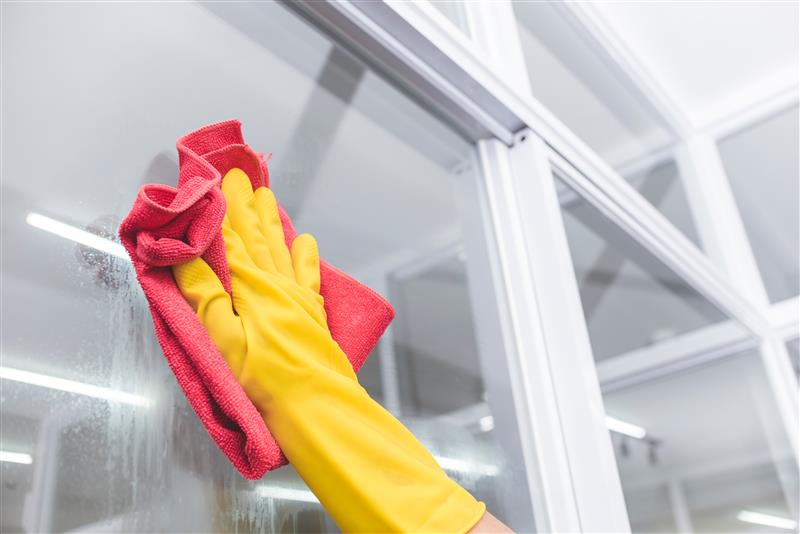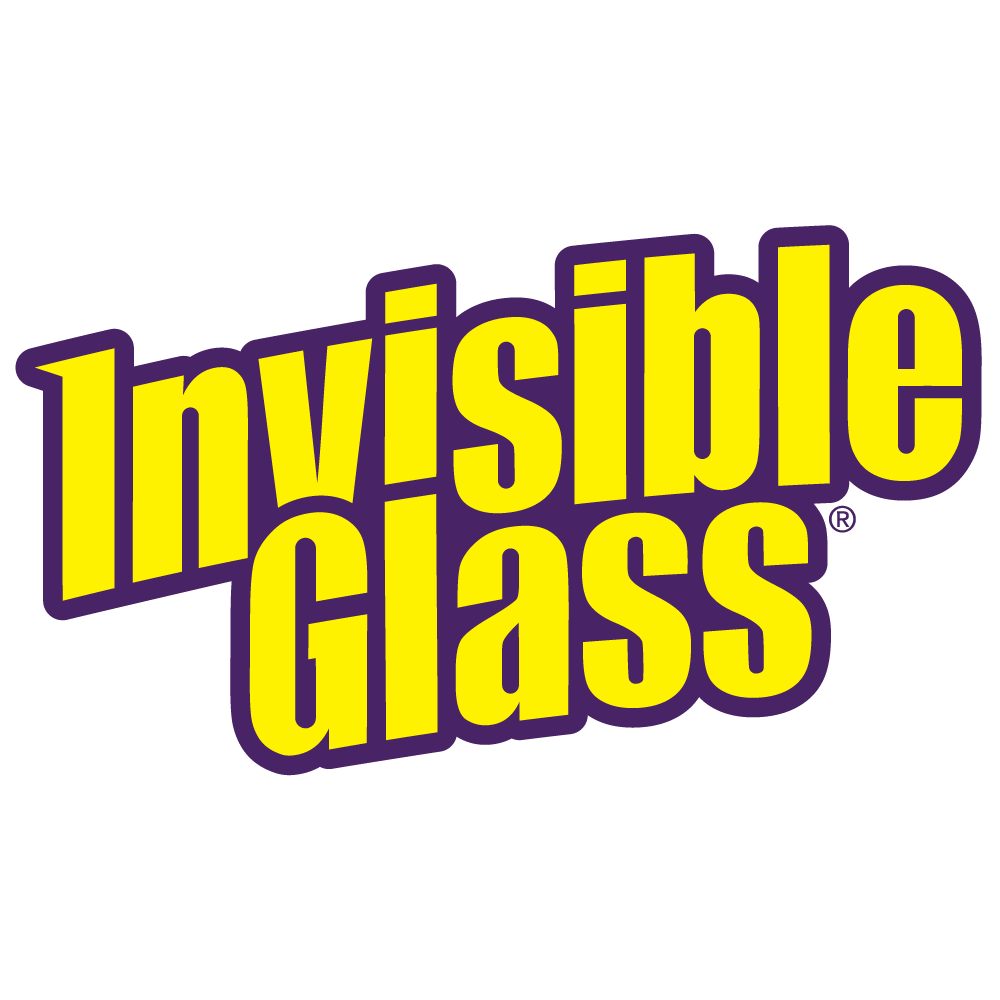
Cleaning glass looks easy: spray, wipe, and you’re done. But streaks, haze, or the lint left behind tell a different story. The issue usually isn’t the cleaner; it’s the wiping tool.
For years, paper towels were the default. Today, microfiber cloths have become the top choice for professionals and anyone serious about achieving spotless glass.
So which works best? Here’s how microfiber stacks up against paper towels, and why the right tool makes all the difference.
Why Paper Towels Fall Short on Glass
Paper towels are handy for spills on the counter, but glass shows every flaw. What looks like a quick wipe often leaves behind problems:
● Lint: Fibers shed and stick to the surface, leaving white flecks.
● Smearing: Instead of lifting oils from fingerprints, cooking grease, or pet noses, paper towels spread them around.
● Residue: Some brands contain softeners or adhesives that leave a film when mixed with glass cleaner.
● Waste: One or two sheets rarely cover a window. You rip, wipe, and repeat until half a roll is gone.
Regular use also adds cost and waste. Paper towels are single-use, and the more glass you clean, the more you throw away.
Why Microfiber Cloths Are Different
Microfiber is made from ultra-fine synthetic fibers, about 1/100th the width of a human hair. Those fibers create more surface area and form millions of tiny “hooks” that grab and hold dust, oils, and grime. Instead of pushing dirt around, microfiber locks it in until you wash the cloth.
That makes a clear difference for glass:
● Streak-free finish: Absorbs oils for a spotless shine.
● No lint: High-quality microfiber leaves nothing behind.
● Reusable: Wash and reuse hundreds of times, replacing dozens of rolls of paper towels.
● Gentle on surfaces: Soft and non-abrasive, safe for mirrors, tinted glass, and windshields.
Professional auto detailers and cleaners prefer microfiber. They achieve better results with less effort and use tools that last.
Microfiber vs. Paper Towels at a Glance
|
Feature |
Paper Towels |
Microfiber Cloths |
|
Finish Quality |
❌ Streaks and lint are likely |
✅ Streak-free, lint-free |
|
Durability |
❌ Disposable, single-use |
✅ Washable and reusable hundreds of times |
|
Cost Over Time |
❌ Adds up quickly with regular use |
✅ Saves money in the long run |
|
Environmental Impact |
❌ Creates more waste |
✅ Eco-friendly, less waste |
|
Surface Safety |
❌ Can shred, scratch, or smear oils |
✅ Soft and non-abrasive |
The Proper Way to Use Microfiber Cloths for Glass Cleaning
Microfiber delivers the best results when used correctly. Instead of crumpling the cloth and wiping at random, follow the same process professionals rely on:
-
Start with a clean cloth: Wash and dry regularly, but skip fabric softener since it coats the fibers and reduces absorbency.
-
Fold into quarters: Folding creates eight clean surfaces. Rotate to a fresh side as each section gets damp or dirty.
-
Spray the cloth, not the glass: This prevents drips around frames, mirrors, and dashboards while giving you more control.
-
Use overlapping strokes: Wipe vertically or horizontally in slightly overlapping passes to avoid streaks.
- Buff dry: Flip to a dry section and buff to remove moisture and reveal a streak-free shine.
Invisible Glass + Microfiber: A Winning Combo
The cloth matters, but so does the cleaner. Many all-purpose sprays contain soaps, dyes, or fragrances that leave behind streaks and residue. Invisible Glass is different. It is made specifically for glass, with no additives that cloud or coat the surface. The formula evaporates clean, so when paired with microfiber, it removes dirt and oils without leaving anything behind.
The result is glass that looks truly invisible. Professional detailers use Invisible Glass on car windshields, mirrors, and windows, and it delivers the same streak-free clarity on your home’s sliding doors, bathroom mirrors, and glass tables.
● For household glass, try Invisible Glass Premium Glass and Window Cleaner.
● For automotive glass, use Invisible Glass Automotive Glass Cleaner.
Caring for Microfiber and Why It Pays Off
Microfiber’s biggest advantage is reusability, but it only lasts if you treat it right. Wash your cloths in warm water with mild detergent, and avoid fabric softener, which coats the fibers and reduces their cleaning power. Dry them on low heat or air-dry to keep the texture intact. For best results, dedicate certain cloths to glass only and keep them separate from towels you use on greasy jobs like wheels or kitchen counters.
That care pays off in the long run. One microfiber cloth can handle hundreds of washes, replacing dozens of rolls of paper towels. Over time, this results in real savings and fewer last-minute trips to restock. It also makes microfiber the eco-friendly choice. Less waste in landfills and fewer trees cut down translates into a smaller footprint for your cleaning routine, all while giving you consistently streak-free results on glass.
The Clear Choice for Streak-Free Glass
Paper towels can work in a pinch for quick spills or one-off messes, but when the goal is crystal-clear glass, microfiber wins every time. It’s more effective, cheaper over time, eco-friendly, and delivers the streak-free clarity that paper towels can’t match.
The real secret is pairing the right cloth with the right cleaner. Microfiber grabs and holds oils and dirt, can be reused hundreds of times, and stays gentle on even delicate surfaces. When combined with a dedicated formula like Invisible Glass, the result is windows that sparkle, mirrors that shine, and windshields so clear you barely notice the glass at all.
Clear glass doesn’t come from luck or effort. It’s choosing the right tools, and microfiber with Invisible Glass delivers every time.



